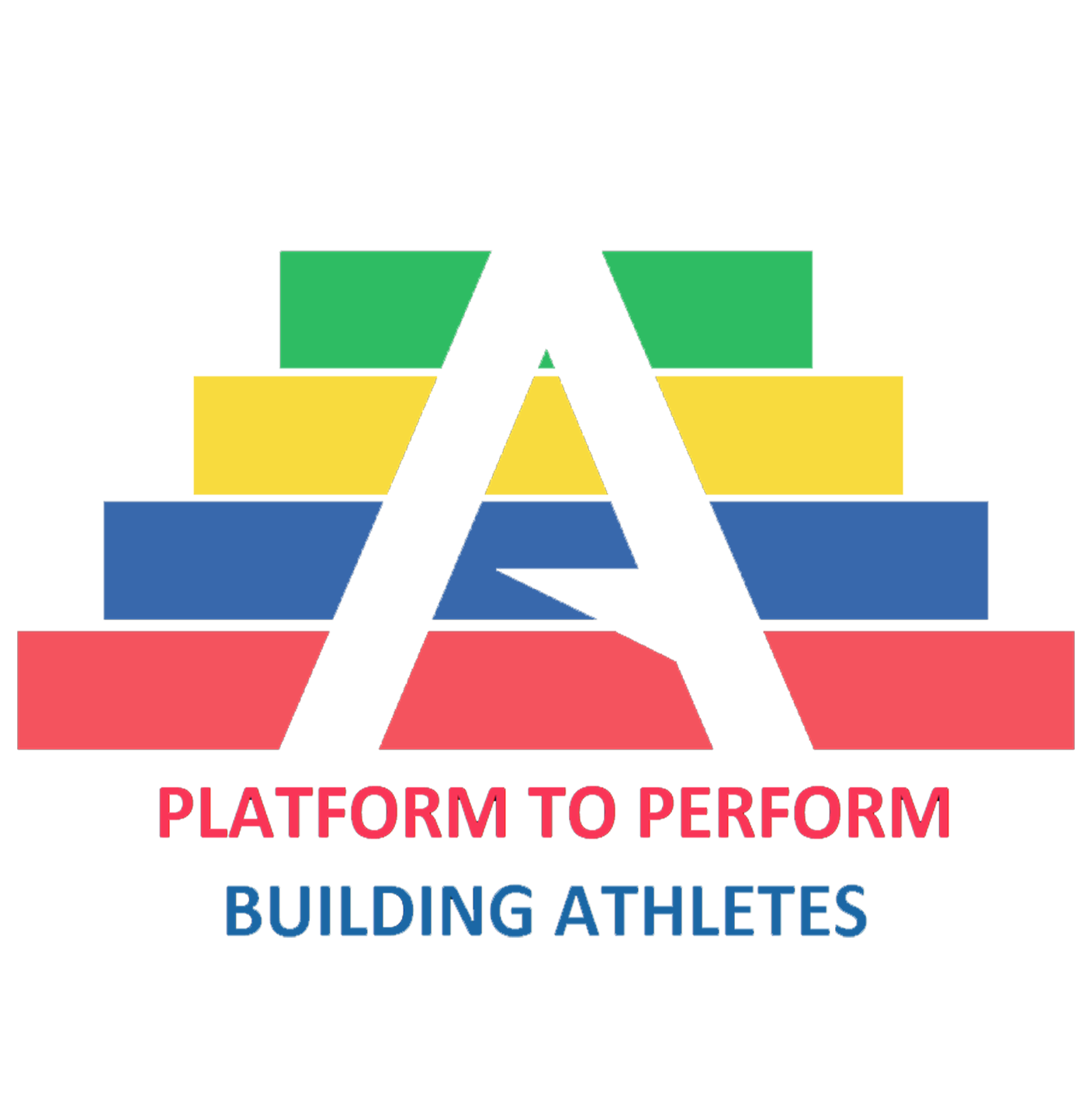When mobility is lacking in one area, this may negatively impact upon joints either above or below.
Although the causes of injuries can be multifaceted, often when I’ve screened youth athletes following an injury, a mobility deficit in one area tends to coincide with an injury to an area above or below said mobility deficit.
It’s beyond the scope of this blog post to discuss whether mobility deficits and injuries are a chicken and egg scenario, cause and effect or a case for confusing correlation for causation, but in this blog you will learn:
The difference between flexibility and mobility (and why this is important)
Why foam rolling and stretching are poor time investments if we are coaching youth athletes
How to reinvent your warm ups to improve mobility without stretching or rolling
Definitions
Flexibility is the range of motion available at a joint.
Mobility is the ability to move through a range of motion.
The key difference is mobility has an active component, as we physically have to move ourselves through a range of movement, which also means there is some level of strength (the ability to exert force against a resistance) required whenever we perform a mobility exercise. Typically, this ‘load’ is provided by moving our own bodyweight.
With flexibility governed by feedback from our muscles to our brain, the overprotective mother of the system (the golgi tendon organ for you science people), can sometimes get freaked out and shut down any chance you have of accessing range of motion for which you have no active control (strength!!) over.
Intuitively, this makes sense, and this is primarily why foam rolling and static stretching to lead to short term changes in mobility, despite no structural changes within a muscle actually occurring (Behm & Wilke 2019). This is because the feedback to the overprotective mother has been altered, which temporarily assures us that new found ranges of motion are ‘okay’ to access (albeit temporarily).
So if foam rolling doesn’t actually release adhesions (again geek speak for ‘knots’) and stretching doesn’t actually alter the ‘length’ of our muscles is it a waste of time for youth athletes?
I’ll discuss the above question in more detail in a subsequent blog, but for now let’s talk about better alternatives for youth athletes.
Why Rolling & Stretching is a Poor Time Investment for Youth Athletes
As Jack Lynch said on episode 5 of the Platform to Perform Podcast, we are not coaching with young athletes, we are dealing with children.
Unless children have been brought up as a gymnast, or dancer, chances are good after a day of being sat in school, they don’t want to spend yet more time being still in the form of stretching and foam rolling.
This is where tactically designed obstacle courses can come into a world of their own as far as warm ups are concerned:
Foam pads can become ‘stepping stones’ for crossing the river (aka hip and ankle mobility as kids lunge between them)
Woggles can become ‘squat down out the way or get hit total wipe out style (aka hip and ankle mobility)
Crawling variations, such as the tall bear can be used to build some co-ordination between upper and lower limbs (aka hamstring and wrist mobility)
Besides, mobility, we are also developing strength in relation to bodyweight, and improving our youth athlete’s ‘movement maps’…and getting their heart rates going too (and did somebody say nailing the FUNdamental movements?!)
In part 2, of this mobility blog post I will be explaining the science behind mobility modalities so you can move beyond the grenade approach of googling “10 best stretches for” (insert muscle group), to a sniper approach of why I am using this mobility method, to address this type of restriction, in this particular athlete, in this specific way?
Key Take Homes:
Mobility can be easily disguised into a warm up through creative obstacle course design
Foam rolling and stretching fail to get the heart rate going, does not engage young athletes psychologically and does not provide them a chance to practice and refine their fundamental movement patterns
References and Resources
Behm, D.G. and Wilke, J., 2019. Do self-myofascial release devices release myofascia? Rolling mechanisms: A narrative review. Sports Medicine, pp.1-9.
Mobility myths with Dr Quinn Henoch
Foam rolling-the good the bad and the marketable
Why Rolling & Stretching Isn’t Working
ABOUT THE AUTHOR
Todd Davidson is a UKSCA accredited strength and conditioning coach and qualified P.E Teacher who has gained experience with scholastic athletes Olympic athletes and everyone in between. Todd's passion for improving the physical literacy of the next generation, and athleticism within adults, comes from his belief that strength and conditioning should not be a service that is solely reserved for the sporting elite. If you would like discuss anything in the content presented, or have any questions relating to your own performance goals, please get in touch.


